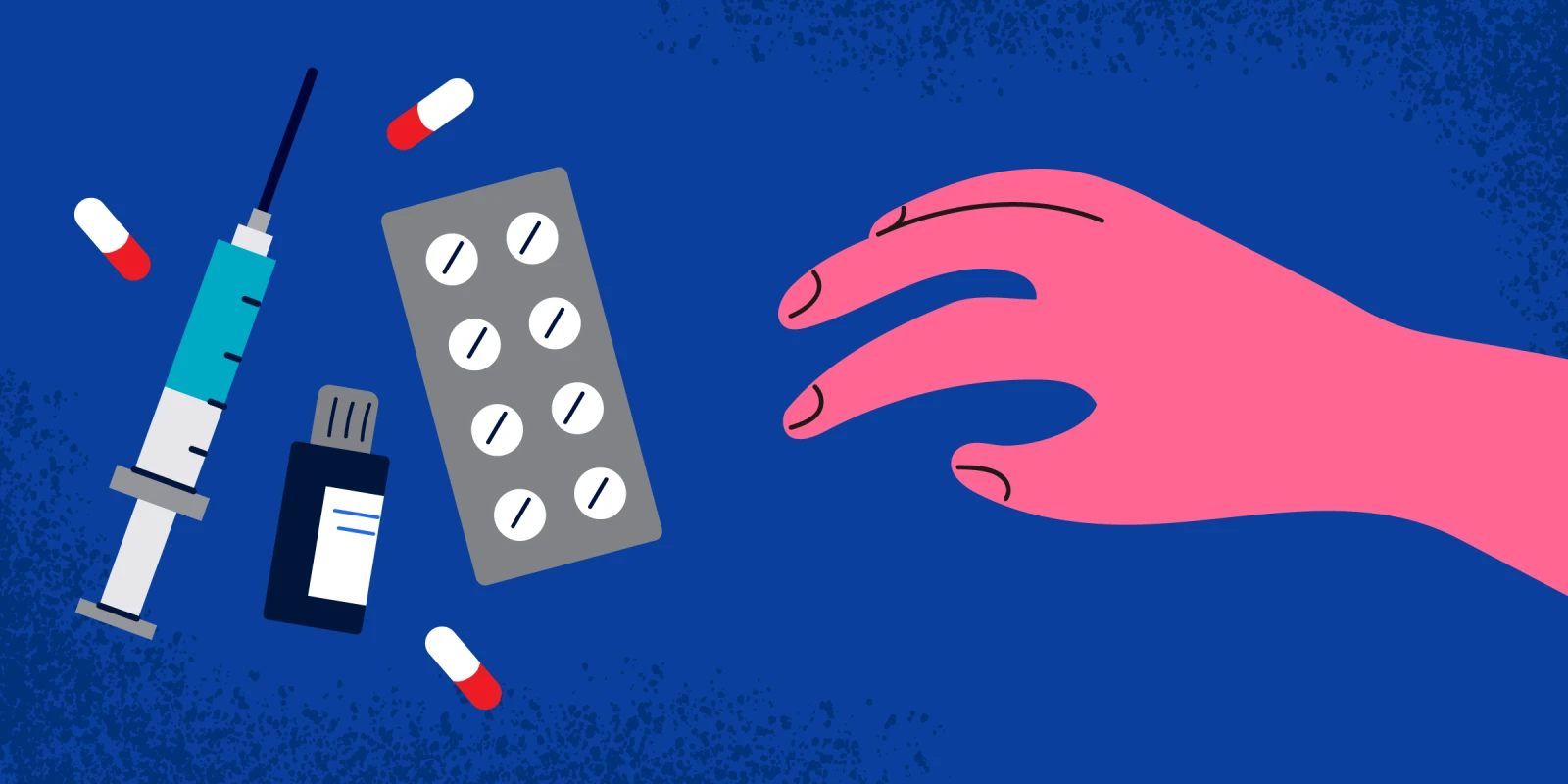As clinicians, we expect to be helping patients live healthier lives, but we don’t expect to determine who gets care in an outpatient setting. Triage is an integral part of the ED to determine who gets first dibs. The expectation is that if we treat the more emergent cases first, the other cases can wait. Everyone can eventually receive the needed care, and no one dies. But what happens when a lack of access to care has adverse outcomes?
We live in a world of finite resources, and drug shortages have plagued our ability to provide care from time to time. However, the coronavirus has added extra challenges to the supply chain and, therefore, the ability to practice medicine. There have been backorders and national shortages of a plethora of medications. Some, like oseltamivir, may be expected as the influenza virus comes back with a vengeance after an unprecedented low-circulating season for 2020–2021. Other shortages like amoxicillin suspension or d-amphetamine salt combo may be less expected but have other therapeutic options that can be mitigated. In any case, decreased drug availability is impacting patient care. What kind of criteria determines patient need? Does the squeaky wheel get the grease, and whoever can self-advocate gets therapy? Or do our practitioners, already worn down and experiencing burnout, have to muster the energy to make these decisions? (Or do third-party payers actually make these decisions? Which is a whole separate issue.)
Let’s take a closer look at a prevalent example. With shortages of drugs like semaglutide and dulaglutide, it has been hard for patients with Type 2 diabetes to keep their A1C at goal. The news headlines make it seem like those looking to lose weight have stolen this resource from more deserving patients. Obesity is more than being fat, it’s a disease state. Drugs can be used off-label. We do it daily, sometimes exploiting a side effect to treat a different condition, like using diphenhydramine, a histamine blocker, for sleep instead of for allergies. In fact, semaglutide actually has obesity as an FDA-approved indication. So are patients with obesity “stealing” this limited resource from those with diabetes? Furthermore, if they are, is that warranted?
Indications aside, obesity may be more important to treat than diabetes. According to the CDC, the prevalence of both obesity and diabetes is increasing. It is estimated that 11.3% of the U.S. population has diabetes (37.3 million), and an additional 38% (96 million people) are prediabetic. Meanwhile, 40.1% of the population meets the obesity criteria.
This is more than looking ahead to bathing suit season and wanting to lose weight before spring break. Treating obesity is not the same thing as utilizing a weight loss drug. A truly obese patient is not looking to lose five to 10 pounds. They are looking to lose 5% of their overall body weight. In addition, there are tangible health outcomes to consider. Obesity does not just increase the risk of diabetes. It also increases the risk of heart attack, stroke, and some cancers. These are all conditions that use a substantial amount of health care dollars and resources to treat, so doesn’t it make sense to treat obesity before it becomes another irreversible disease state?
Another factor to consider is that the pancreas has to be dysregulated for seven to nine years before a fasting blood sugar would be high enough to diagnose diabetes. So, I think it makes sense to get ahead of the problem and help the patient lose weight to prevent the diabetes diagnosis altogether.
Another question is whether it makes more sense to continue stable patients on therapy or initiate new patients. It’s a tough call to determine who “deserves” it more. Should a compliant patient be punished because others are starting to take their health more seriously? On the other side of the coin, should a newly diagnosed patient be denied therapy because someone else was diagnosed first? I don’t see a morally or ethically clear-cut choice.
This topic brings up more debate than it answers. How do we equitably distribute finite resources when medications are in short supply? Though it is not transparent, it is a drug marketplace, and supply will eventually rise to meet demand. While I do not think celebrities should use GLP-1s to get in shape for their next movie when there are supply chain issues with this class of drugs, I do not think having an A1C under seven should exclude a patient from this treatment. Obesity needs to be recognized as a health condition, not a lack of self-control by health care professionals and society as a whole. It’s more than body image; it has real longevity and quality-of-life implications. As the drug shortages continue, we will have to determine the most equitable way to distribute the supply.
How do you determine who to treat first when there are drug shortages? Share in the comments.
Emily Wetherholt, PharmD, BCACP, lives in Schaumburg, Illinois, with her husband, three active children, and dog. She is passionate about advancing the cause of pharmacists everywhere, serving on the Illinois Pharmacist Association Board of Directors. When she isn’t advocating for pharmacy, you can find her exercising with her Fit4Mom friends. Dr. Wetherholt is a 2022–2023 Doximity Op-Med Fellow.
Image by Alphavector / Shutterstock







